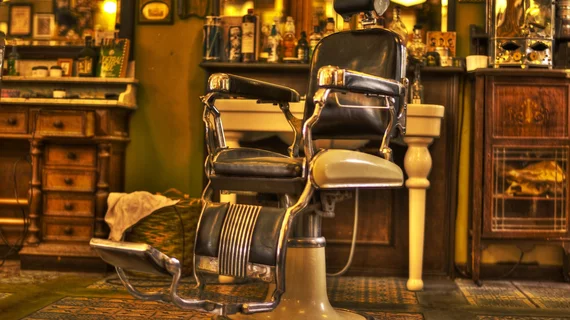Healthcare disparities remain a massive problem in the United States. Hypertension rates, for example, are much higher among Black men than any other racial or ethnic group in the entire country.
Researchers have developed a novel way to address this disparity: providing pharmacist-led hypertension treatment for patrons of Black-owned barbershops.
For the Los Angeles Barbershop Blood Pressure Study (LABBPS), Black men with hypertension between the ages of 35 and 79 received help with managing their blood pressure for a full year. Clinical pharmacists led the assistance, and barbers were also instructed to discuss the topic with patrons during their visits.
Researchers aimed to see if the LABBPS could demonstrate significant value without breaking the bank, sharing their findings in Circulation.
“Improving hypertension control among Black men is a national priority,” wrote lead author Kelsey B. Bryant, MD, of Columbia University in New York City, and colleagues. “Healthcare interventions delivered in community settings outside of the traditional medical clinic that leverage established relationships may overcome mistrust due to racism in the healthcare system and improve health outcomes in Black men.”
The team simulated the cost of the LABBPS for a full decade using data from one year. Overall, it would cost an average of $42,717 per quality-adjusted life-year (QALY) gained. Using generic medications, on the other hand, got that cost down to an average of $17,162 per QALY.
Costs could be reduced even more if the intervention lasted six months instead of a full year, the team added.
“Compared with barber education-only, the LABBPS barber-pharmacist hypertension management intervention is a highly cost-effective way to control hypertension and reduce cardiovascular disease morbidity and mortality in Black men,” the authors wrote.
Bryant et al. also noted that they were unable to adequately measure the full impact of such an intervention.
“This cost-effectiveness analysis accounted for individual health gains and healthcare costs, but it did not account for the value of improved health equity in society as a whole when an intervention gains health for Black men specifically,” the authors wrote. “Non-monetary societal benefits of interventions that reduce health disparities may be hard to quantify, but future health economic evaluations should consider setting higher willingness-to pay thresholds for interventions that decrease health disparities, thereby making the added societal value of these interventions explicit.”
Read more here.

